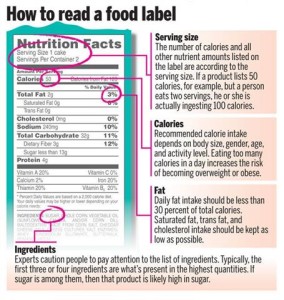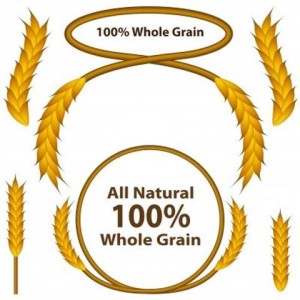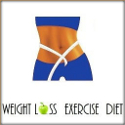-
Reading Food Labels for Better Nutrition
Saturday, December 13th, 2025by Kristin Kirkpatrick, Registered Dietitian
 Have you ever felt when you go to the grocery store and start reading the food labels that it’s like trying to solve a difficult math equation? Well, that’s a pretty common feeling that a lot of us have, and it’s because there are so many confusing claims on food products.
Have you ever felt when you go to the grocery store and start reading the food labels that it’s like trying to solve a difficult math equation? Well, that’s a pretty common feeling that a lot of us have, and it’s because there are so many confusing claims on food products.On the front of the package a lot of times there will be a claim that kind of lures you in to buy the product. For example, “This will help with your immunity,” or “This is high fiber.” As consumers, we have to be smarter than the food companies and actually take the time to look at the ingredients.
Avoid Buying Products with Hydrogenated Oils
When you’re examining ingredients at the grocery store, there are certain things that you’ll want to avoid. A great example of this would be hydrogenated oils. According to the Centers for Disease Control, hydrogenated oils have been found to both raise bad cholesterol and lower good cholesterol in the body.
You might be shocked to know where you’ll find hydrogenated oils. For example, one brand of chopped, minced garlic actually contains partially hydrogenated oil as its second ingredient.
So maybe you should instead head for the produce section – which by the way has no food labels and where you can find the healthiest foods – and chop up your own garlic. That way, you’re not getting the trans-fat. Check out my video below for more helpful tips:
It takes about twenty seconds to pick up a container, look at the label on the back, and realize that you’ve been duped and shouldn’t buy that product.
Keep in mind that in a grocery store, the outer perimeter aisles are often all-natural, while those in the middle contain higher sodium and trans-fat.
Put 100% Whole Grain Products Into Your Shopping Cart
 Let’s take another example: a box of crackers claiming to contain high amounts of fiber. A lot of us might look at this product and say, “Hey, fiber – I know I need more fiber.”
Let’s take another example: a box of crackers claiming to contain high amounts of fiber. A lot of us might look at this product and say, “Hey, fiber – I know I need more fiber.” But when I look at the ingredients I would see that the first ingredient is enriched, bleached flour. What’s happened here is that this product has basically stripped itself of wheat and then added it in via another source in order to make this “fiber” claim.
As healthy food shoppers, we want to focus on getting 100% whole grain products into our shopping carts. So if you see an actual percentage on the box that says 100% whole wheat, that’s a good sign that all of the grains in this product are whole wheat.
High Blood Pressure: The Silent Killer
We call high blood pressure, which is one of the risk factors for high salt consumption, the silent killer because sometimes your first symptom of high blood pressure is a stroke, or kidney disease. We really want to be aware of how much sodium is in the food we are consuming.
Look out for hydrogenated oils, and consume 100% wholegrain products. Keep in mind that daily sodium intake should be under 2,300 milligrams.
And we want to make sure always that we are reading the label, really focusing on it, and not looking at the front of the box when making decisions about what to put in our shopping cart.
So good luck with your next shopping trip. I know you if you take to heart some of the tips I’ve covered today, you’ll be a more savvy shopper and make healthier choices for you and your whole family.
(published May 16, 2013)
 Kristin Kirkpatrick is a registered dietitian and wellness manager for the Cleveland Clinic Wellness Institute. She is a regular contributor to the “Doctor Oz Show” and provides expert opinions for several major magazines as well as media and web outlets. Kristin has been helping individuals reach their personal health goals for over 12 years and her specialties include weight management, nutritional genomics, dieting on a budget and community-worksite wellness. For more information about Kristin, visit www.clevelandclinic.org/wellness.
Kristin Kirkpatrick is a registered dietitian and wellness manager for the Cleveland Clinic Wellness Institute. She is a regular contributor to the “Doctor Oz Show” and provides expert opinions for several major magazines as well as media and web outlets. Kristin has been helping individuals reach their personal health goals for over 12 years and her specialties include weight management, nutritional genomics, dieting on a budget and community-worksite wellness. For more information about Kristin, visit www.clevelandclinic.org/wellness.


